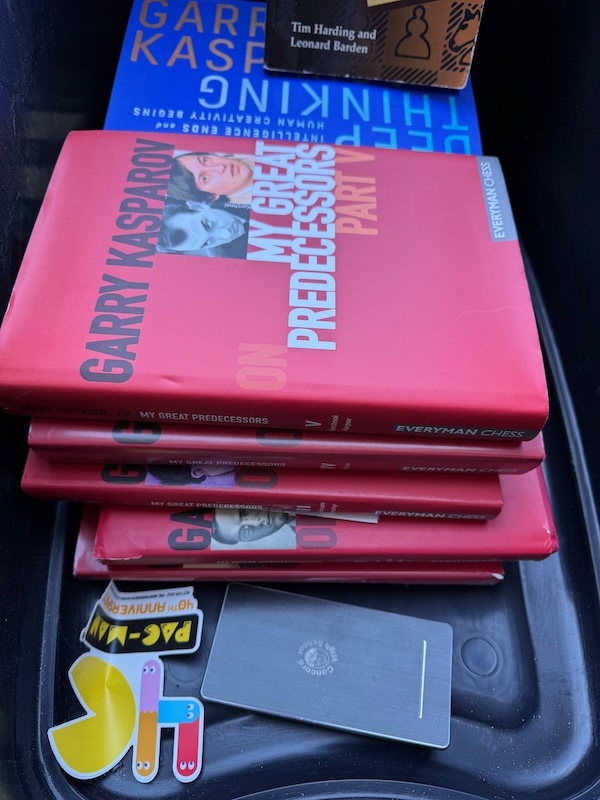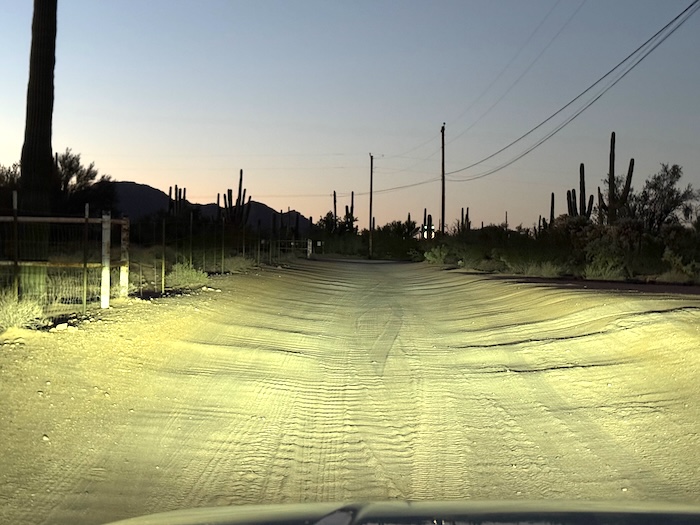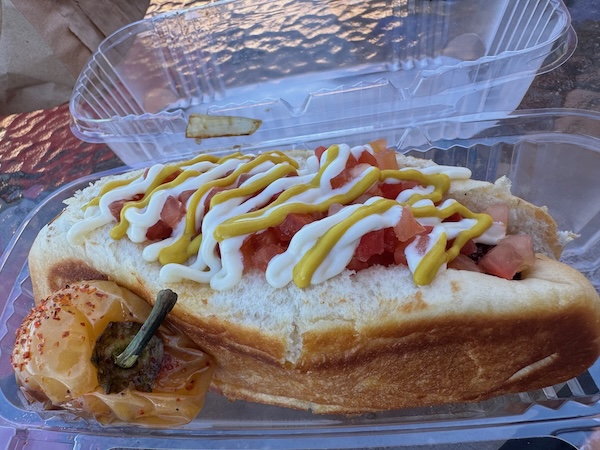When we first walked the land where Casa Saguaro now stands, I wore shorts. I hadn’t yet met the cholla.
I thought I understood the desert. I’d seen the postcards—the tall, symmetrical saguaros with their arms raised like gentle guardians of the Southwest. They’re easy to draw, easy to love, and often the face of the desert in emoji form.
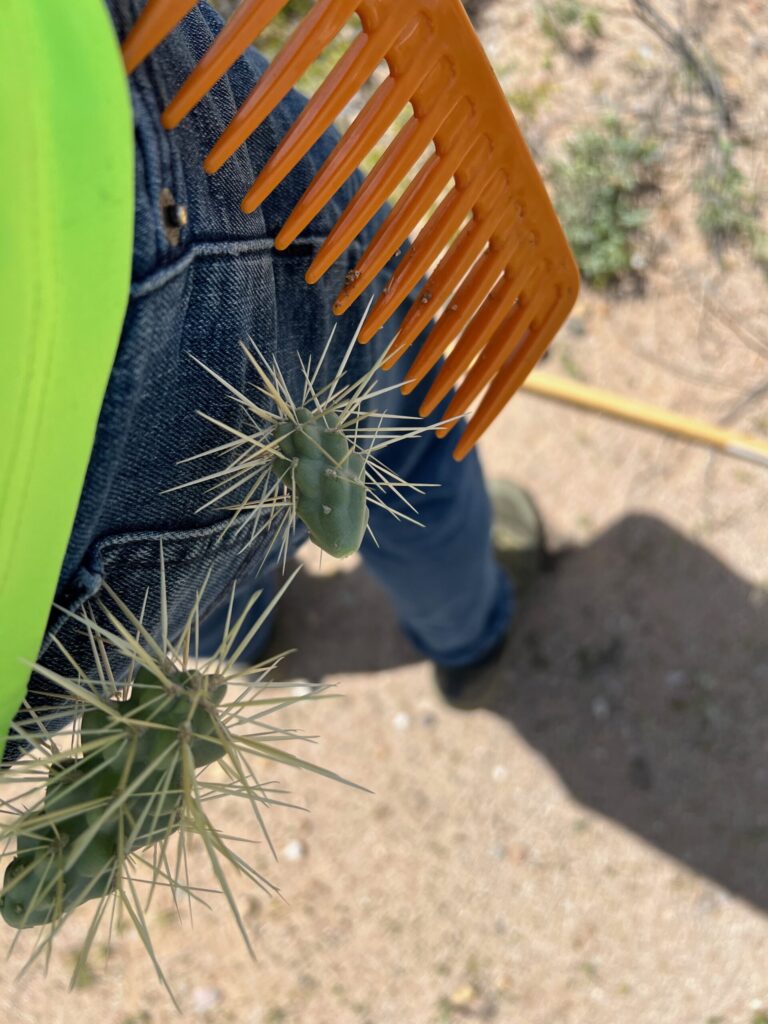
But the cholla? No emojis. No t-shirts. No trail guide reverence. Just pain.
The first time a cholla “jumped” onto my bare calf, I realized just how wrong I’d been. These weren’t just prickly plants; they were the desert’s reality check. As I later learned, the barbs are designed not just to pierce but to hold. Removal with your hands? Big mistake. I now carry a wide-toothed comb—yes, the banana comb from the 80s—to pry them off safely. A retro solution to a desert problem.
We were told by a neighbor that our land had likely never been cleared before—not in decades, maybe never. We inherited a thick tangle of native growth, with cholla dominating entire sections like barbed barricades.
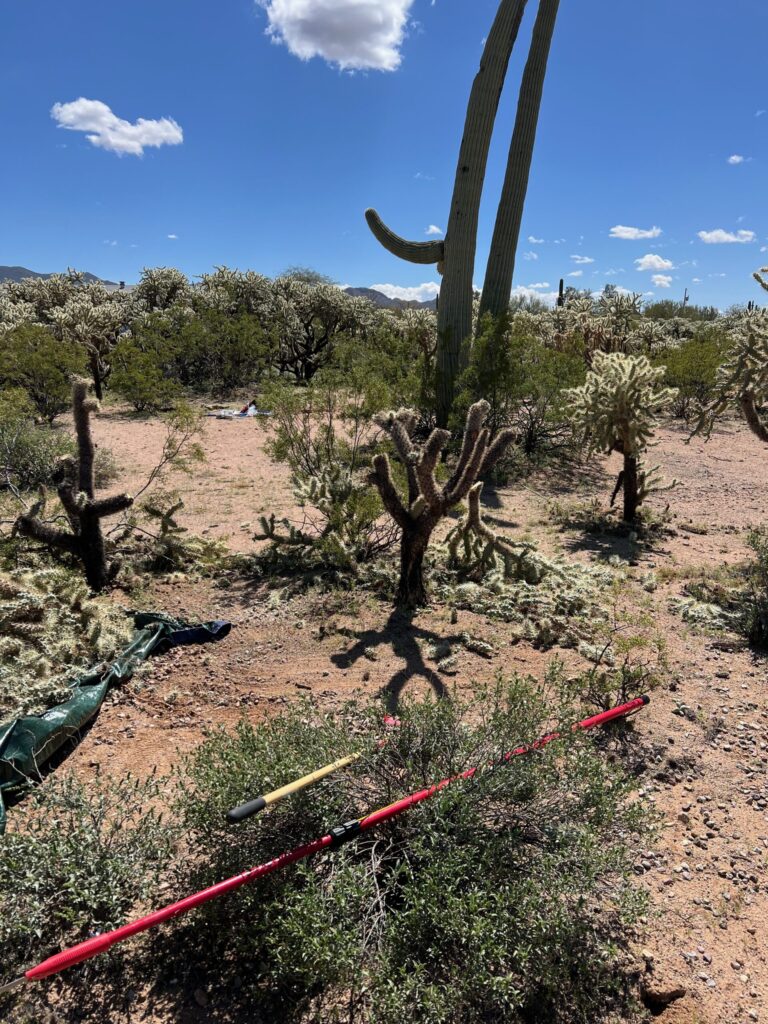
Clearing and Burning
The cholla was the first thing I needed to clear to make way for our home. Cutting them down, piling the branches, and—after getting the proper fire permit—burning them. The neighbor-approved method? A propane torch, safer and more effective than the DIY attempts of my past (which may or may not have involved gasoline and poor judgment).
Before I learned the safer way, I tried hauling full tarps of chopped cholla across the property with a rope and an electric saw, wearing gloves that weren’t thick enough and sleeves that weren’t long enough.
But burning isn’t just about removal. It’s about making space. It’s about confronting what’s painful and inconvenient—not to erase it, but to understand its limits and purpose.
What the Saguaro Gets and the Cholla Doesn’t
The saguaro is revered. It has stories, symmetry, and spiritual associations. The cholla is… avoided. And yet, both are native. Both are vital. The cholla provides cover for doves. Its barbed segments become building material for pack rats—desert engineers who’ve been at this longer than any of us.
There’s a danger in simplifying the landscape into good and bad, beautiful and bothersome. Some things don’t fit our aesthetic or our plans—but they serve a purpose. They’ve adapted. And sometimes, they ask us to do the same.
In one area of our land, we left the cholla alone. It’s now where we regularly see quail darting through, a whole network of animal life thriving where we once saw only hazard.
Land, Value, and the Things We Dismiss
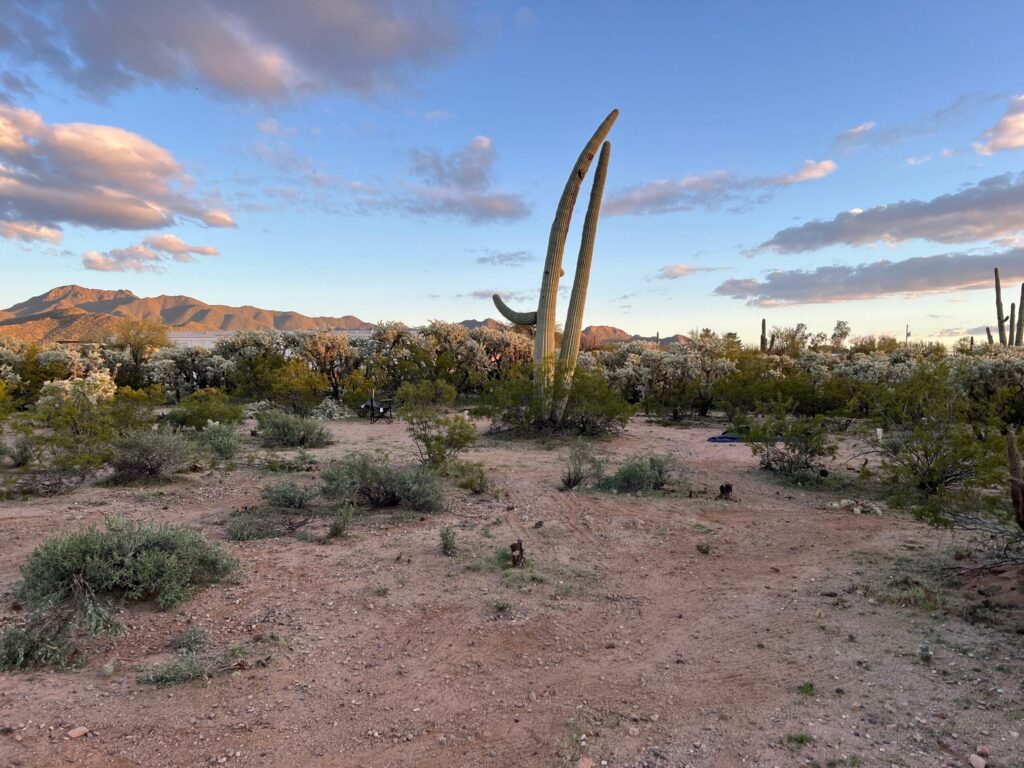
I’m conscious of the impact. A friend back in Indiana asked me, “What’s the ecological consequence of clearing the cholla?” And they were right to ask. It made me pause.
Because clearing isn’t just about removal. It’s about intention. And while we’ve left space for wildlife and native plants, the lesson remains: Not everything painful is without value. Not everything wild needs taming.
Even here in Picture Rocks, a place some call “lawless” or “the Wild West,” there are permits, boundaries, community respect. Even fire has to be negotiated with care.
And maybe that’s the reminder: not everything sharp or stubborn is meant to be removed. Sometimes it’s there to teach us how to stay, how to listen, how to live with complexity.

